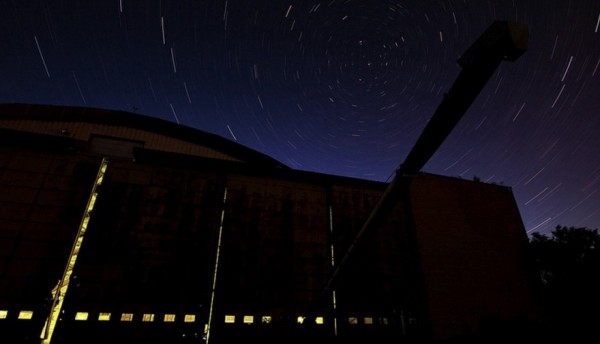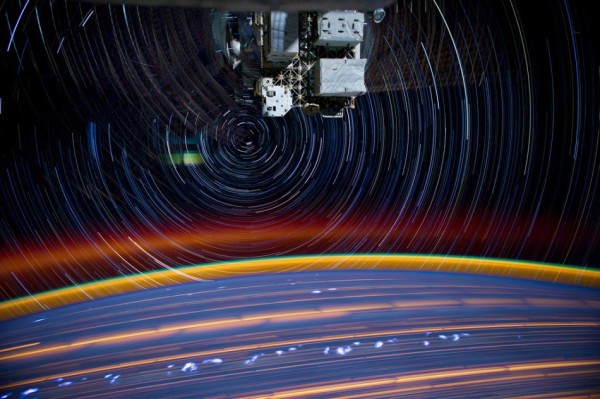"This job is a great scientific adventure. But it's also a great human adventure. Mankind has made giant steps forward. However, what we know is really very, very little compared to what we still have to know." -Fabiola Gianotti
On Earth, star trails inevitably appear in any long-exposure image unless you account for the rotation of the Earth, requiring specialized mounts, advanced pointing software, or both. But from space, those same familiar motions appear, albeit for very different reasons.
The ISS rotates not because of any celestial motions, but rather because it orbits the Earth in such a way that it sees a particular axis as a “fixed point” about which all the other stars appear to rotate. By stacking a series of short-exposure images and using photo processing software, images aboard the ISS can be constructed to show huge, sweeeping star trails, while underneath the Earth exhibits phenomena like the airglow, aurorae, city lights and even lightning strikes.
- Log in to post comments






@Ethan -- is there any software that can help me properly visualize the ISS's rotation, and where its personal "north star" might be? I've got a pretty clear picture in my head for something orbiting around the equator, for example, and keeping one face downward, but the ISS has a fairly inclined orbit, and for whatever reason, my brain wants its axis to be wobbling like the sinusoid of its orbit on a map.
The free version of Systems Tool Kit (STK) from AGI, or the General Mission Analysis Tool (GMAT) from NASA (and others) should work.
@EpiPete #2: Thank you!